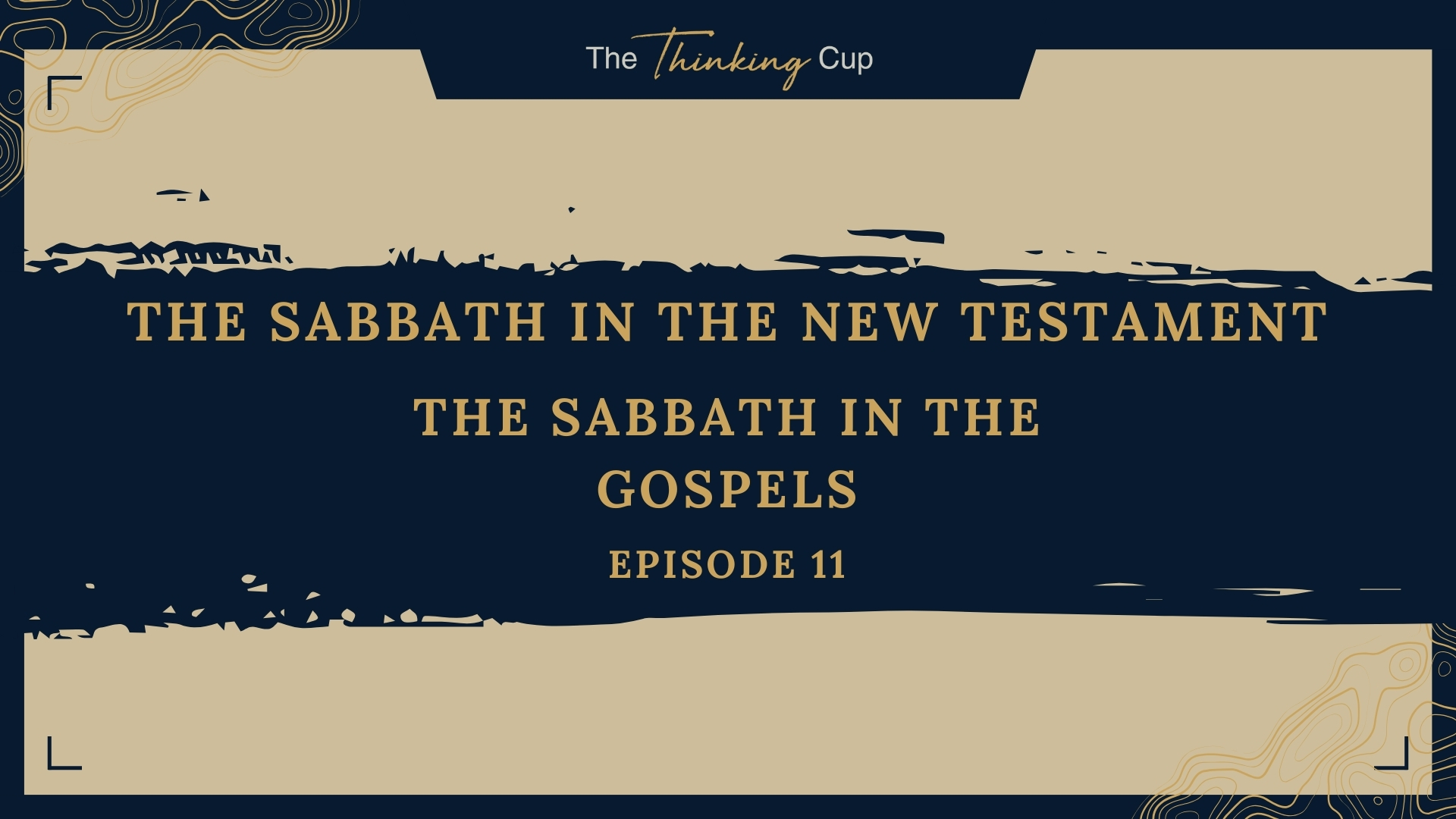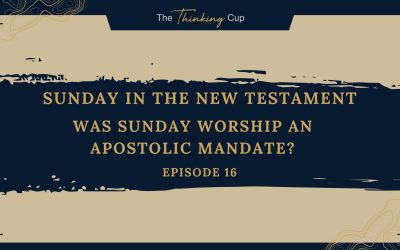The Gospels highlight three major areas of conflict between Jesus and the Pharisees:
-
- His claim to be the Messiah
- His rejection of the Mishnah and rabbinic traditions (such as ritual handwashing and fasting)
- The correct way to observe the Sabbath.
Among these, the Sabbath became a particularly contentious issue.
In Rabbinic Judaism, the Sabbath had evolved into an end in itself, with the belief that Israel’s very purpose for existence was to observe it. The Sabbath was even personified and revered as a queen (Malkat Shabbat) [1] and a bride (kallah) [2]. However, the Pharisees, by adding countless additional rules and restrictions, turned the Sabbath into a burden rather than a day of rest and refreshment. Jesus directly confronted this distortion, declaring that they had completely misunderstood the Sabbath’s purpose. He emphasized that the Sabbath was designed to serve humanity, not to enslave it.
In Mark 2:27, Jesus states:
“The Sabbath was made for man, not man for the Sabbath.” (Mark 2:27, ESV)
This means that the Sabbath was instituted for the benefit of Israel, not that Israel existed to serve the Sabbath. Furthermore, as the Messiah, Jesus declared Himself to be “Lord of the Sabbath” (Matt. 12:8), signifying that He had complete authority over its proper observance. He could permit what the Pharisees forbade and forbid what they permitted.
It is evident that Jesus kept the Sabbath according to the requirements of the Mosaic Law, but He did not always follow the additional legalistic traditions imposed by the Pharisees. However, this fact does not imply that Jewish or Gentile believers today are obligated to observe the Sabbath. Jesus lived under the Mosaic Law and perfectly obeyed all 613 commandments applicable to Him—whether moral, ceremonial, or civil. If one were to argue that believers must keep the Sabbath simply because Jesus did, then logically, believers today would also be required to observe every other Mosaic commandment in its entirety, including those classified as ceremonial and civil.
Notably, of all the commandments Jesus issued for His followers—such as those given in the Upper Room Discourse (John 13-17)—the Sabbath was never included as a requirement. Nowhere in the Gospels does Jesus instruct His disciples to continue Sabbath observance under the New Covenant. Instead, His teachings emphasize His authority over the Sabbath and the coming shift in covenantal structure. This absence reinforces the New Testament’s broader teaching that the Law of Moses, including the Sabbath, has been set aside in favor of the Law of Christ.
In Christian Love,

[1] In Jewish thought, the Sabbath is often personified as a queen (מלכה, malkah), symbolizing peace, holiness, and divine presence. This idea is found in the Lecha Dodi prayer, which welcomes Shabbat as a bride or queen (Shabbat ha-Malkah).
[2] Shabbat is often depicted as a bride in Jewish tradition, an image most famously expressed in the Kabbalistic hymn Lecha Dodi by Rabbi Shlomo Alkabetz (16th century). The refrain of this song, sung during Kabbalat Shabbat, welcomes Shabbat as a bride (kallah), emphasizing the joyful and intimate relationship between the Jewish people and the Sabbath, akin to the bond between a bride and groom.




0 Comments